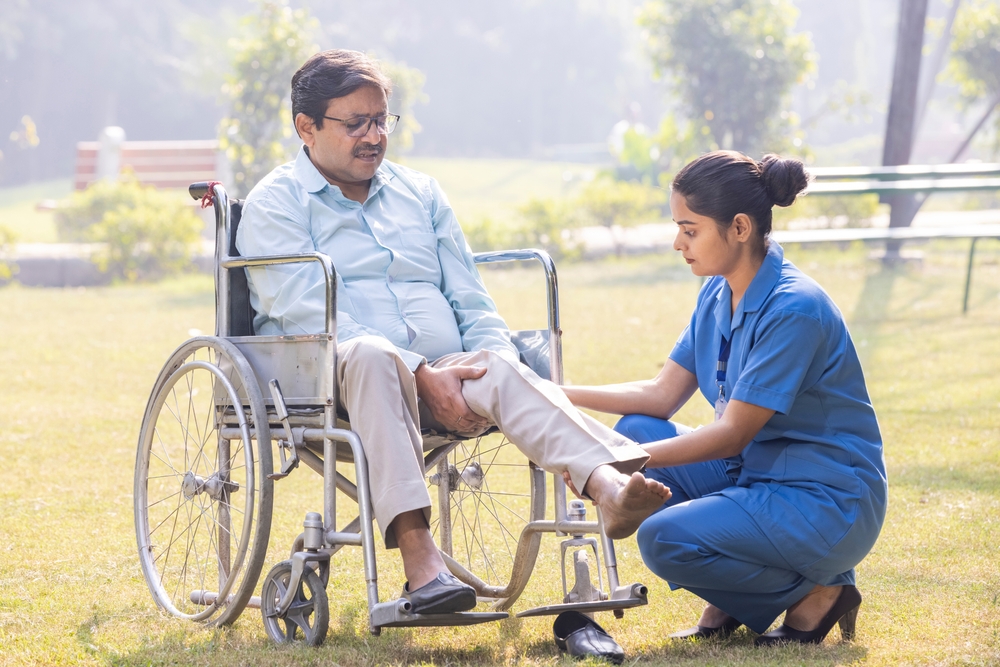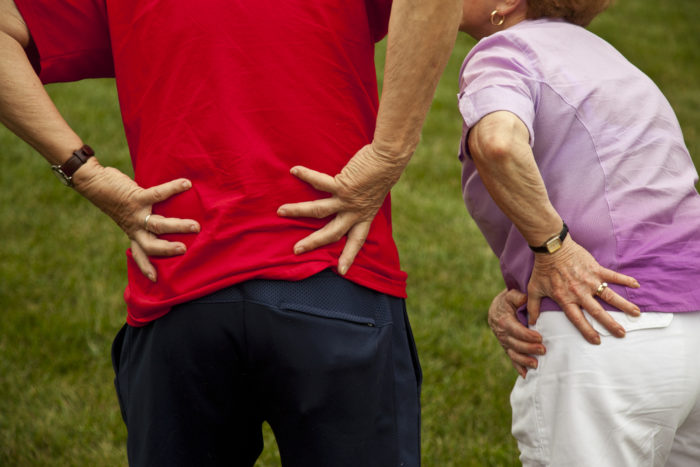What Can You Not Do After Knee Replacement?

After knee replacement surgery, there are certain activities and movements that you should avoid during the initial recovery period and beyond to protect the new joint and promote proper healing. Follow your orthopedic surgeon’s specific post-operative guidelines, but some everyday activities and precautions to avoid after knee replacement include:
- High-Impact Activities: Activities that involve high-impact movements, such as running, jumping, or intense sports like basketball or tennis, should be avoided. These activities can place excessive stress on the new knee joint, potentially leading to complications.
- Twisting or Pivoting: Avoid twisting or pivoting on the replaced knee, as this motion can strain the joint and lead to instability. Use caution when turning or changing direction to protect the knee.
- Deep Knee Bends: Avoid deep knee bends or squats that strain the knee joint excessively. It’s best to limit the degree of knee flexion as instructed by your surgeon during the early recovery period.
- Crossing Legs: Crossing your legs at the knees can place stress on the new joint and should be avoided during the initial recovery phase.
- Sitting on Low Chairs: Avoid sitting on low chairs or stools that require excessive knee flexion to protect the knee joint.
- Excessive Weight-Bearing: Be cautious with weight-bearing activities that may place a lot of stress on the knee joint, especially during the early recovery phase.
- Ignoring Pain and Swelling: Pay attention to any signs of pain, swelling, or unusual sensations in the knee. Inform your healthcare team if you experience any concerning symptoms.
- Not Following Rehabilitation Program: It’s crucial to follow your prescribed physical therapy and rehabilitation program to regain strength, flexibility, and joint function safely.
As your knee heals and gains strength, your surgeon and physical therapist will guide you on when you can gradually resume certain activities. Low-impact activities like walking, stationary cycling, and swimming are often encouraged as part of the rehabilitation process. Always consult your healthcare team before starting new actions to ensure they are safe for your specific situation.
The primary goal of knee replacement surgery is to reduce pain and improve joint function, so taking care of the new joint and following your surgeon’s advice for a successful recovery is essential.



